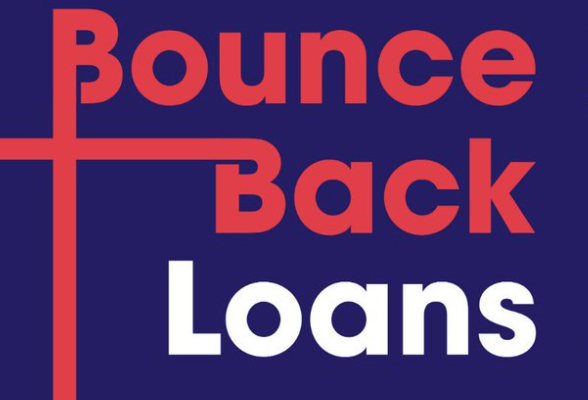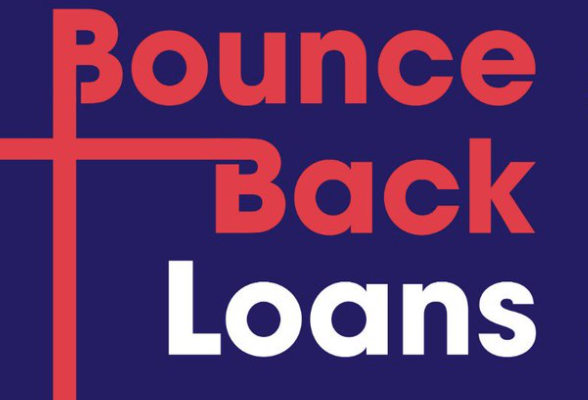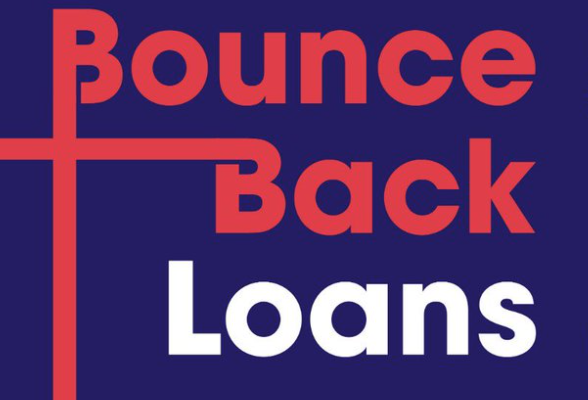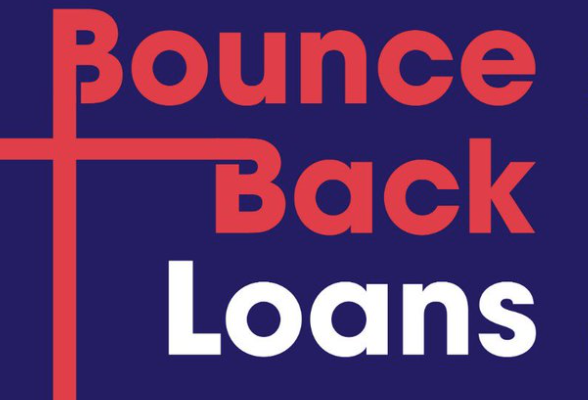
Personal Liability for Bounce Back Loans
Am I Personally Liable for a Bounce Back Loan?
Whether you’re personally liable for a Bounce Back Loan (BBL) will depend on your business structure.
For limited companies
For directors of limited companies, the principle of limited liability generally offers a shield against personal liability for company debts, including BBLs. Simply put, your personal assets (house, car) are considered legally distinct from the company’s assets.
Consequently, in most cases, directors wouldn’t be held personally responsible for repaying a BBL obtained by the company.
For sole traders and partnerships
For sole traders and partnerships, the situation differs. Because there’s no legal separation between the business and the owner(s), you are personally liable for repaying the BBL in the event of default.
This means your personal assets are at risk if the business cannot meet its repayment obligations.
Do I Have to Pay This Back Myself if the Company Cannot?
No, you do not have to pay back the Bounce Back Loan (BBL) yourself if the company cannot. The BBLs were specifically designed without requiring personal guarantees for loans under £250,000. However, exceptions apply if you engaged in fraudulent activity, misused the loan funds, or continued trading when the company was insolvent.
If you’re exploring how to write off a Bounce Back Loan, it’s crucial to understand these circumstances and seek professional advice before taking any action.
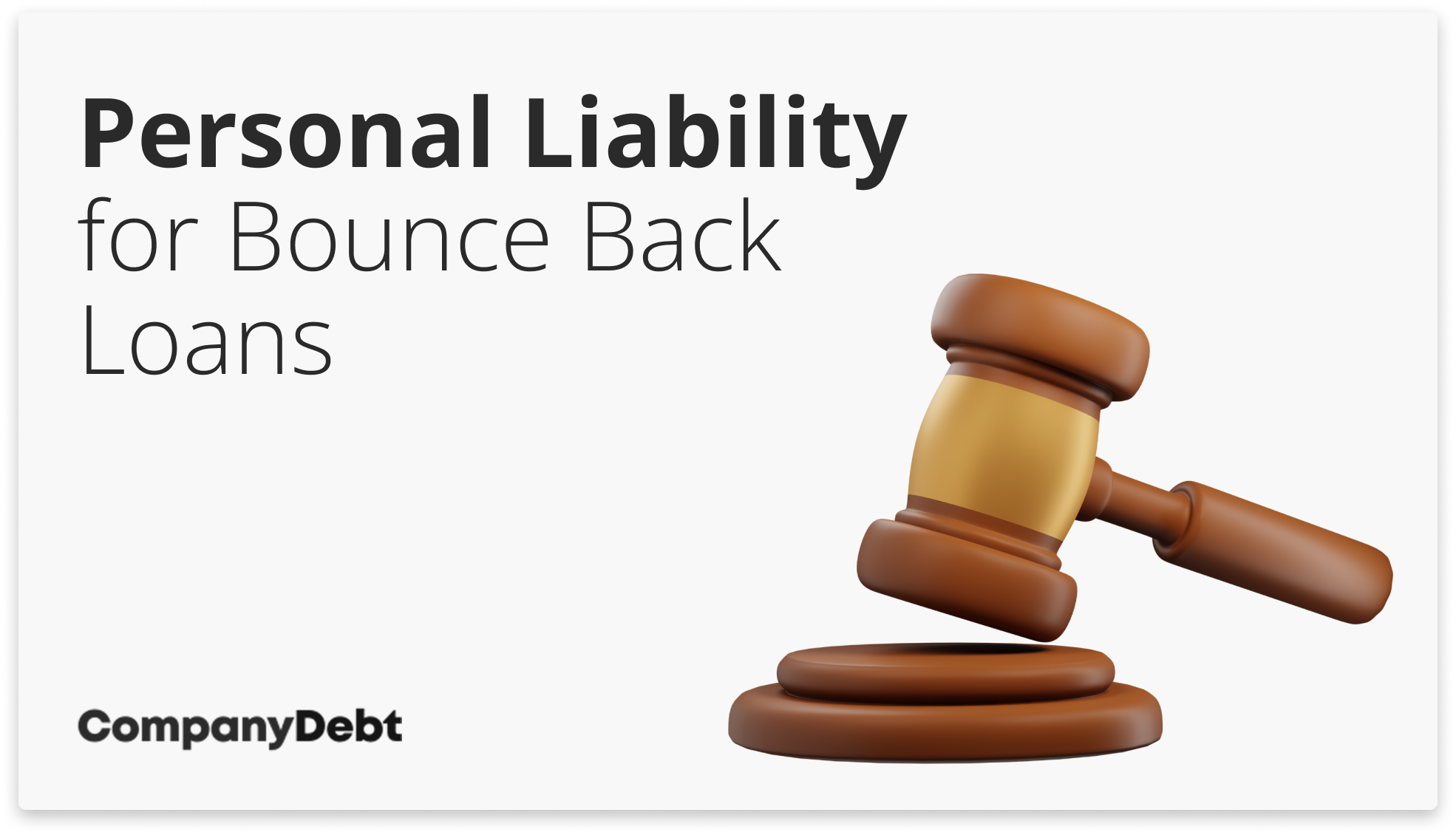
Circumstances Where Personal Liability May Arise from a Bounce Back Loan
While limited liability offers significant protection, there are certain situations where this shield can be pierced, exposing directors to personal liability for Bounce Back Loans.
For limited company directors that includes:
Fraudulent applications
If you knowingly provided false information when applying for the BBL, you could be held personally liable. This includes overstating turnover or misrepresenting your business’s eligibility.
Misuse of funds
Using the BBL for purposes not related to the economic benefit of your business may lead to personal liability. This could include using the funds for personal expenses or transferring them to other companies you own.
Wrongful trading
In practical terms, if you continue to operate the business and incur further liabilities when it’s clear that the company cannot pay its debts, you may be deemed to have engaged in wrongful trading. The consequences are severe: during liquidation, the liquidator can pursue directors personally for losses suffered by creditors as a result of continuing to trade.
Dissolution of Company to Avoid Repayment
If a director attempts to dissolve the company to avoid loan repayment, they can be personally liable, especially if this action is deemed fraudulent. The Insolvency Service has powers to investigate and may seek to disqualify directors or pursue them for repayment.
Wrongly Obtaining A Bounce Back Loan
This includes applying when your business wasn’t adversely affected by COVID-19, overstating turnover, applying for multiple BBLs for the same business, or applying for a dormant company. Such actions could lead to personal liability, legal action for fraud, director disqualification, or even criminal charges.
For sole traders and partnerships:
As a sole trader or partner, your personal liability is more straightforward. As there’s no legal separation between you and your business, you’re personally responsible for repaying the BBL in the event of default.
However, your main home and primary personal vehicle are protected from recovery action by the lender [1]Trusted Source – British Business Bank – FAQs about About the Bounce Back Loan Scheme.
It’s important to note that if you’re pushed into bankruptcy:
- The BBL becomes part of your overall debts in the bankruptcy process.
- While your main home and primary vehicle are protected from the BBL lender specifically, they may still be at risk in the broader bankruptcy proceedings.
- The Official Receiver or Trustee in Bankruptcy will assess your assets and income to determine what can be used to repay creditors, including the BBL.
- After the bankruptcy period (usually one year), you may be discharged from the BBL debt along with other qualifying debts.
In all cases:
It’s essential to maintain clear records of how you’ve used the BBL funds and to be able to demonstrate that all decisions were made in the best interests of the business. If you’re struggling with repayments, seek professional advice promptly to explore your options and protect your position.
Bounce Back Loan Investigations During Liquidation
If your company enters liquidation with an outstanding BBL, the liquidator is duty-bound to investigate the company’s affairs, including how the loan was used[2]Trusted Source – Insolvency Practitioners Association – Reporting misuse of bounce back loans.
Key aspects of the investigation include:
- Was the Application Honest? The liquidator will scrutinise the accuracy of the financial information provided when applying for the BBL. This includes verifying that your company met the eligibility criteria and that the loan was not obtained under false pretences, such as overstating turnover or misrepresenting the business’s condition.
- How was the money used? The liquidator will meticulously review bank statements, accounting records, and other financial documents to ensure that the BBL was used solely for legitimate business purposes. This involves checking that the funds contributed to the economic benefit of the company, such as paying staff, purchasing stock, or covering operational expenses, rather than being diverted for personal use.
- Did the director behave correctly? The investigation will assess the director’s conduct, particularly during the period when the BBL was taken out and spent. The liquidator will look for any signs of misconduct, such as wrongful trading (continuing to trade when insolvency was inevitable) or misfeasance (misuse of funds for personal benefit). Actions that may constitute fraud, such as using the loan to pay off personal debts or making preferential payments to certain creditors, will be closely examined.
If the investigation uncovers any misconduct, the liquidator has the authority to pursue legal action against the directors. This could involve seeking to recover funds through a misfeasance claim, bringing wrongful trading proceedings, or other legal remedies. Furthermore, the liquidator is obligated to report their findings to the Insolvency Service, which could result in further investigations, potential director disqualification, or even criminal charges in severe cases.
Summary of Personal Liability Risks
- In summary, personal liability for Bounce Back Loans varies significantly based on business structure and conduct.
- Limited company directors who have acted lawfully face no direct personal liability.
- For sole traders and partnerships, personal liability is a risk, though the scheme protects their principal private residence and primary personal vehicle from recovery action.
- Key risks for all recipients include consequences for fraudulent applications, fund misuse, preferential payments, and wrongful trading.
The primary sources for this article are listed below, including the relevant laws and Acts which provide their legal basis.
You can learn more about our standards for producing accurate, unbiased content in our editorial policy here.
- Trusted Source – British Business Bank – FAQs about About the Bounce Back Loan Scheme
- Trusted Source – Insolvency Practitioners Association – Reporting misuse of bounce back loans






